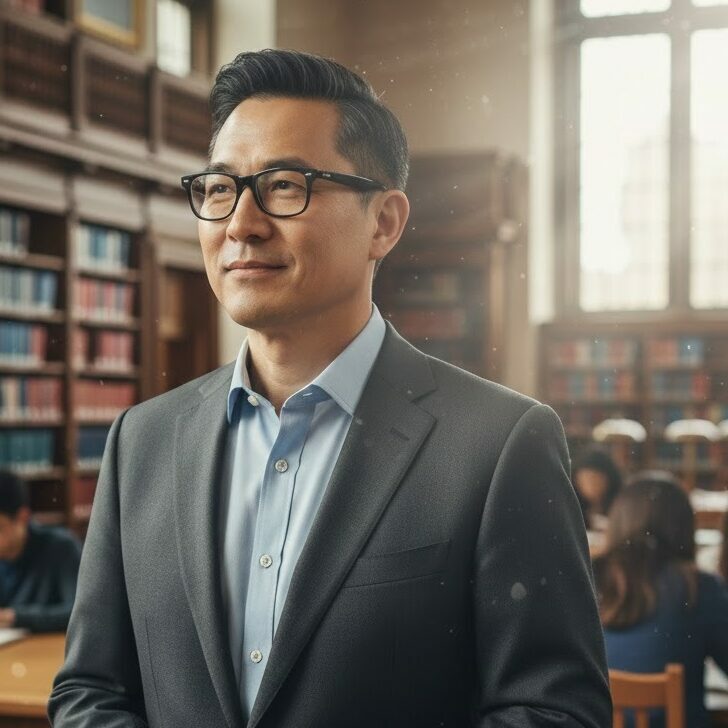They started telling me that a robot was going to take my job in elementary school. They also told me that one of the only things that would make me more valuable than a robot in the workplace (for now) was my ability to think creatively. So it may come as no surprise that even before working at a “creative agency”, I was fascinated in identifying the types of situations where creative thinking is most essential, and the optimal tactics to promote creative thinking. For my Design Teaching Project, I wanted to develop a more granular understanding of the sweeping notions that collaboration is king and brainstorming sessions are creative gold.
What my research uncovered was that collaboration didn’t necessarily promote creativity. In many cases, working in groups or pairs deterred creative thought. One study found that the number of ideas generated more than doubled when people moved from working in face-to-face brainstorming groups to solitary brainstorming. What’s more is, the percentage of quality or “good ideas” (judged anonymously by independent experts) moved from 8.9% to 12.7% (Diehl,M., & Stroebe, W. 1987).
This early study has since been supported by research that demonstrates creativity is threatened in group contexts due to social loafing (people slack off because someone else will do the heavy lifting), conformity, downward norm-setting, and production blocking (we can’t all talk at once). What these studies amounted to was a sort of Creativity Paradox. Researchers at Thompson Rivers University explained that, “when it comes to creativity…teams excel at convergent thinking, but individuals excel at divergent thinking. This is paradoxical because intuitively, most people strongly believe that teams are more creative than individuals, when in fact they aren’t”.

It turns out that the first step to optimize creative thinking is to ask if the question or task at hand requires divergent or convergent thinking. If there is a need for diverse choices or options, people should have time to work independently. On the other hand, groups are excellent on zeroing in on the “best” answer given a specific set of parameters and goals.
Based on these findings, I developed a “brainstorming” protocol for L+R’s internal use. The first steps asks you to define the problem and objective. If, based on the criteria, you identify the problem as one that would be solved through divergent thinking, you are asked you delineate constraints and a multidisciplinary team. You then choose from a menu of Ideation Protocols whose goal is to switch between individual thinking time and team thinking time as much as possible. We’ve found that the strength and experience of the facilitator is just as important as the strength of the members participating in the Ideation. My hope is that by using this protocol, individual think time will promote Creative ideas and team collaboration will steer those ideas to Realistic and attainable action plans, ensuring that the majority of L+R’s ideation for its clients lands in the Creative Realism sweet spot.


